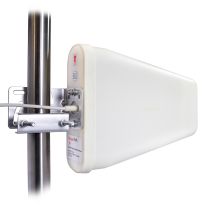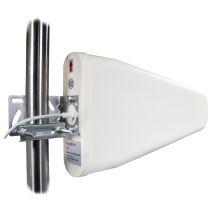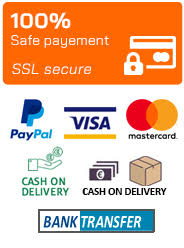
Not only relative to a 4G repeater, the term "frequency band" is used in everyday life, although less and less. The FM band, for example, we have known it for a very long time now.
- What is a frequency band?
- The different frequency bands used in mobile telephony
- A 4G repeater with one, two, three or five bands
- A 4G repeater with one, two, three or five bands
1.What is a frequency band?
A "band" is a group of consecutive frequencies with similar radio characteristics.
You already know some of them, in fact: FM band (for frequency modulation), shortwave band (or SW, for shortwave), AM band (for amplitude modulation) and others.
The term "band" corresponds to the graphical representation of frequencies, in a linear way.

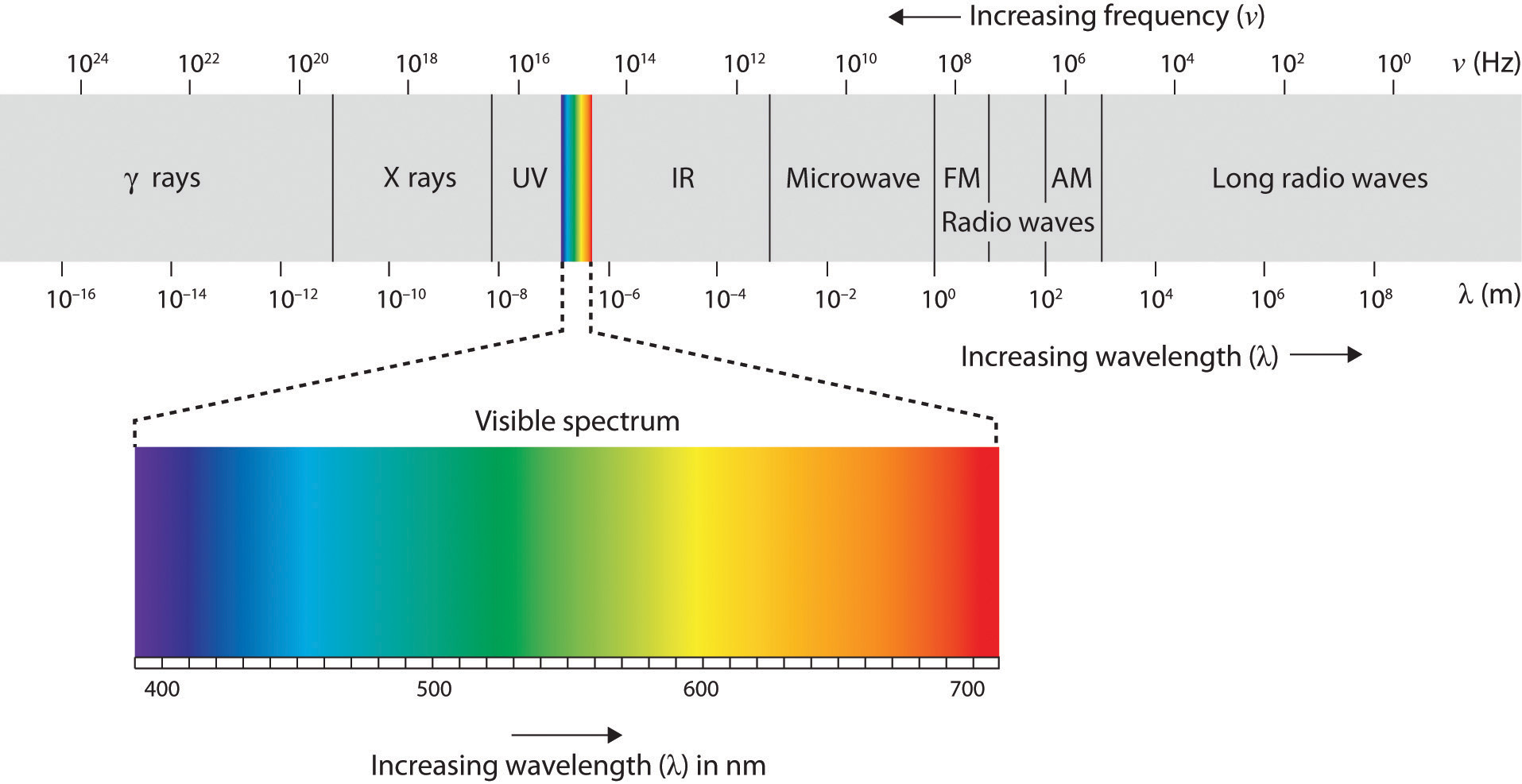
Each frequency group has specific characteristics, in terms of propagation, amplitude variation, etc.
FM waves, for example, allow signals to be carried over a relatively short distance (up to a few tens of kilometers, all the same), while maintaining very good quality, and without high-power transmitter equipment.
For longwave radio (GO, or LW), the transmitter is more powerful and allows very large distances to be covered (on a national scale, for example). Unfortunately, the sound quality is poor.
For shortwave (SW) radio, the transmitter allows the waves to be "projected" over even greater distances (the size of a continent, for example), but the quality of the final sound is really degraded: it will be sufficient for broadcasting spoken news, but it is not at all suitable for music.
In mobile telephony, it is exactly the same principle. Depending on the type of waves to be transmitted (voice in GSM or DCS, data in 3G UMTS, or 4G LTE), different frequencies will be used.
The 900 MHz band is well suited for mobile phone voice because wave penetration inside buildings is generally quite good, without having to use overly powerful transmitters. The distance between radio base station and cell phone, however, is limited to a few kilometers.
The 1800 MHz band is also well suited for voice telephony, but with different characteristics: penetration is less good inside buildings, but for the same power with a 900 MHz transmitter, it can carry more information and thus offer a different kind of service, for example, HD sound.
For data connectivity (3G, 4G and 5G), the situation is similar, with even more different frequency bands because each service (3G UMTS, 3G CDMA, 4G LTE, advanced 4G LTE, for example) imposes specific characteristics: available bandwidth depending on the maximum digital bit rate to be offered, distance from the radio base station, penetration rate into buildings, etc.
2. The different frequency bands used in mobile telephony
Our smartphones already use 5 of them, but their number is expected to grow soon.
- 900 MHz band > often called the GSM band.
Its main use has been to carry calls and SMS since it was first popularized in the 1990s. Later, also MMS and WAP (the EDGE or GPRS signals).
In sparsely populated areas, 3G UMTS is often found in the same frequency band.
- 1800 MHz band > also known as the DCS band.
Its initial use is to carry voice, SMS / MMS, EDGS and GPRS, especially for the latest operators entering the market. Increasingly, this band is also being used to carry the 4G signal.
- 2100 MHz band > often referred to as the 3G UMTS band.
Initially used exclusively for 3G, in UMTS mode (sometimes CDMA, sometimes WCDMA), this is the typical frequency for first-generation mobile data, everywhere in Europe. However, especially in less urbanized areas (or, conversely, saturated areas), this band is beginning to be used for 4G LTE transmission.
- 800 MHz band > often called the LTE band
It is dedicated to 4G LTE. The characteristics of this band allow the signal to penetrate far enough into buildings. It also offers a good bandwidth/speed ratio, which is therefore well suited for data signals (mobile internet), with a very satisfactory speed.
- Band 2600 MHz > this is the "alternative" band for advanced 4G LTE.
It is not everywhere, but it is installed on an increasing number of base stations. Its goal is to "lighten" the 800 MHz band for 4G because the number of 4G users has exploded as package prices have dropped.
Here is the official table of the different frequency bands for telephony currently in use. It also includes frequencies used outside Europe!
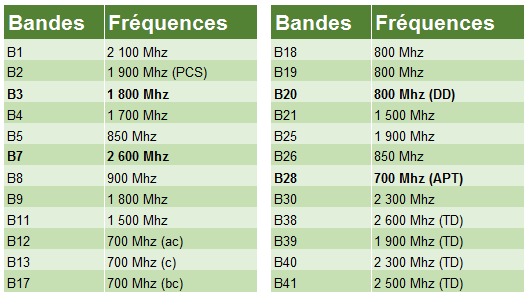
A word about the 700 MHz band: very rare, it is found particularly on relay antennas installed near industrial or artisanal areas. and, in fact, relieves other bands carrying 4G locally, because of the large numbers of users connected to it. Another advantage, especially for telephone operators providing specific services to some large companies, is that they can, for example, install a private secondary network dedicated to this or that company on the 700 MHz band. The company's 4G mobile devices are set up to connect to this band when they are in the office, thus ensuring a high quality of service, without impacting (or being impacted by) other 4G users outside the "private network" who continue to connect to 4G through the other bands available at the site.
3. A 4G repeater with one, two, three or five bands
These terms are neologisms derived from English: single band, dual band, tri-band, five-band.
The combinations of frequency bands in the same GSM amplifier vary from one manufacturer to another, so it is not enough to say "the repeater is dual band" but you have to see specifically what those two bands are that it works on.
A single-band GSM repeater is a device that therefore operates on only one frequency band.
A dual-band repeater, as the name suggests, operates on two frequency bands simultaneously.
There are also three-band models, for example:
- Tri-band 800 + 900 + 1800 MHz: a voice + 4G solution compatible with all operators in Europe.
By choosing a 4G amplifier in this category, you can be sure that it will work for your operator anywhere in Europe as well as in Africa or Asia.
- Tri-band 900 + 1800 + 2100 MHz: a voice + 3G solution compatible with all operators in Europe.
In this range, any 3G amplifier will work anywhere in Europe, regardless of your operator. Again, because the standard is common, it will work in Africa or Asia.
Finally, a 5 band repeater is a device that solves many problems, and it perfectly addresses the need to re-amplify all signals (GSM, 3G UMTS, and 4G LTE) from all operators simultaneously.
With 5 frequency bands (800, 900, 1800, 2100 and 2600 MHz), you are absolutely sure to cover all needs in businesses that welcome many visitors, whatever their phone subscription, operator or mobile device!
4. A 4G repeater with one, two, three or five bands
This is the principle of "broadband": everything carried on the tape is captured and then re-amplified. The GSM and/or 4G amplifier does not strictly reason by operator, nor does it decode the signal, but simply carries it to where it is needed.
This has three major advantages:
- all signals (2G 3G and/or 4G) on the band are re-amplified. If your operator transmits GSM and 3G UMTS on the same band (but obviously not on the same frequency), a GSM amplifier with the 900 MHz band will re-amplify both signals well.
- All operators on the band are re-amplified. If several operators in your location use the same band, then your repeater working on this band will re-amplify all these operators.
- No restrictions on the number of users or available mobile data rate.
The 4G repeater does not "adapt" to the signal, it only plays it back. It is exactly as if the base station antenna had been moved closer to your home or office.
So in terms of Internet speed, the repeater brings you what the base station offers! The speed available is therefore always that of your operator's base station at any given time.
Precision: there is another type of 4G amplifier, called a "digital" amplifier: the signal is decoded before being re-amplified and then distributed in a corporate installation, for example. However, to do this properly, the device must limit the number of simultaneous connections, usually to 10 or 20! Of course, there are machines that could handle more connections--but the price goes up with performance.
With a 4G repeater from our store, there is no such limitation: all your friends, family, visitors, customers or guests can make calls or use mobile data exactly as if they were outside, within range of the base station.
Curious about VoLTE technology? You are in the right place! 4G calling: let's find out about VoLTE!
Since choosing the right 4G repeater is sometimes difficult or tedious, our technical sales team is here to help you. Contact us to discuss your project! We hope to have the solution that will meet your needs exactly.
